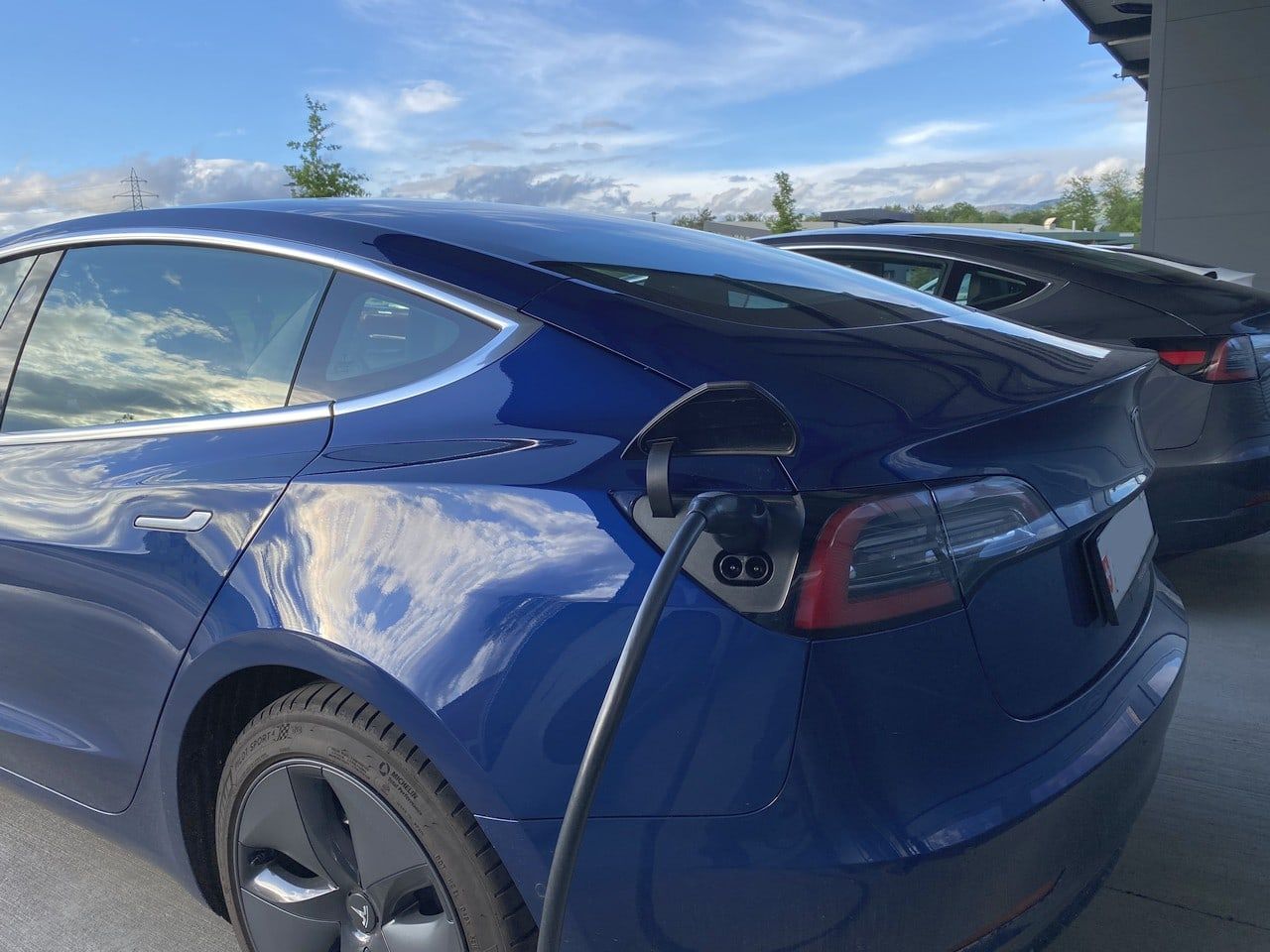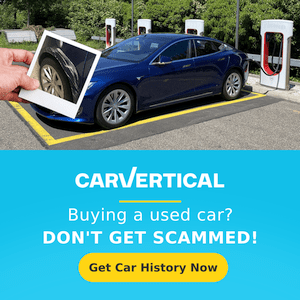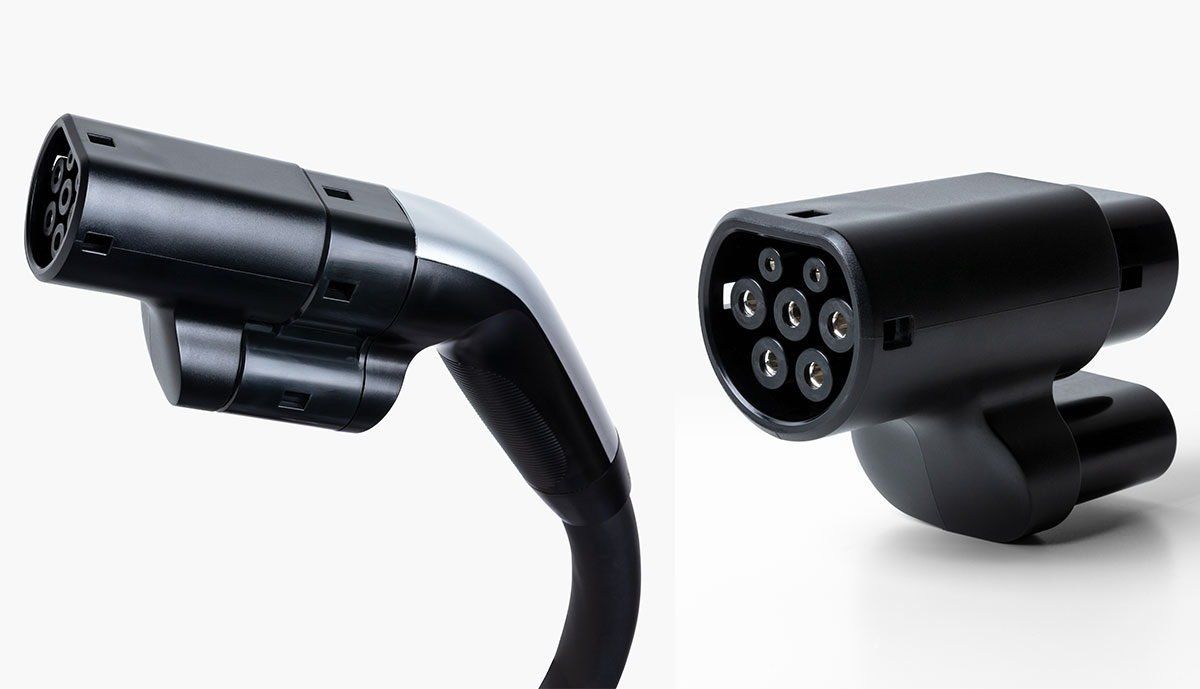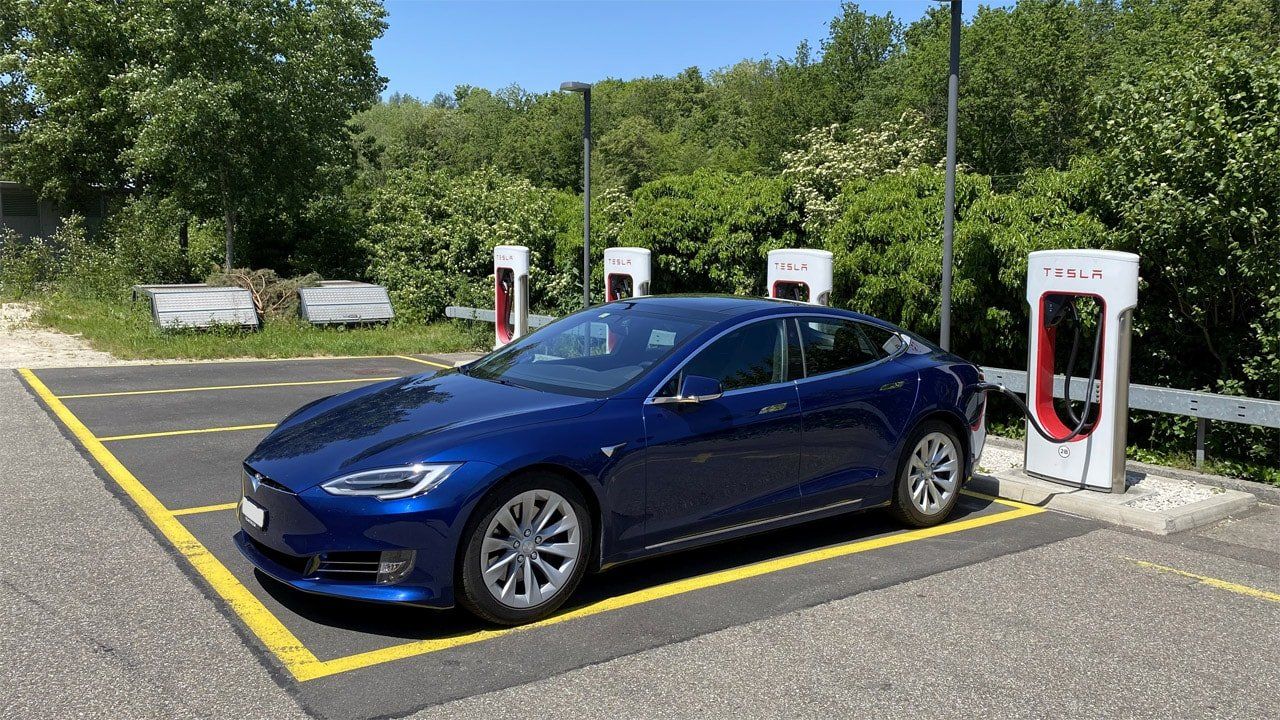Tesla drivers are often asked how long it takes to charge a Tesla. For someone who doesn’t drive an electric car, it is very unusual to imagine having to wait until the car is “full” again. After all, one is used to drive from a gasoline or diesel car to the gas station, wait a few minutes until the tank is full, pay for it and drive on again. In comparison, the electric car driver waits much longer until his battery is filled with enough energy again, isn’t it?
Suppositions and habits
Mainly assumptions and habits are what makes many people believe that it is totally impractical to drive an electric car. Conjecture because somewhere you have heard or read that it takes a long time until the batteries are full again. Besides, you know this from your mobile phone, whose battery is not fully charged within two minutes. On the other hand, it is a habit because one unconsciously assumes that most of the time, the tank of a car is nearly empty. Afterwards, one consciously makes the way to the gas station and fills it up again.
All Weather Floor Mat. Front, Rear, Cargo Liner Mat. Waterproof, Anti-Slip and Custom Fit.
Shop for more Tesla Accessories here!
This way of thinking is not correct for electric cars. Firstly, because the car also charges on its own and you don’t have to stand next to it while charging. Just plug it in, done. A handle that is easier and faster than filling up with gasoline. Secondly, compared to petrol, electricity is not only available at the filling station, but practically everywhere. You have to think of it rather in a way that ideally the car charges whenever it is standing around somewhere and not being used. Traditionally, it looks like this:
- Your employer may support electric cars and there is a possibility for car commuters to charge during the day at work. Even a normal power outlet is usually enough make up for the kilometers driven to work in eight to nine hours.
- Many supermarkets offer their customers the possibility to charge the car for free while shopping.
- More and more public parking garages offer charging stations for electric cars.
- Hotels often have charging stations.
- Cities and municipalities are building more and more public charging points in central locations or residential areas.
Admittedly, if you can’t charge at home, you have to plan well. But if you also have the possibility at home to bring a power connection or a charging station close to your parking place, you don’t have to worry about charging anymore. You just drive off every morning with a full “tank” and use the full range of the battery for your day.
On average the daily driven distance exceeds 70 km or even 80 km in Poland and Spain, it is around 40 km in UK, while in France, Germany and Italy it is between 50 and 60 km. (see page 65 at this source). Think about how many days a year you actually drive more than 400 kilometers in one day. Most people can count that on one hand. For example, to reload 100 km overnight, even a normal power socket is sufficient. Nevertheless, for reasons of efficiency, it is advisable to install a 3-phase charging system if possible. As a tenant, this may not be easy, depending on the situation, as it requires the consent of the renter. Tips on this in this article.
How long does it take to charge a Tesla?
The speed at which a battery can be charged depends on various conditions. Details can be found in this article. The charging speed is also not linear. The fuller a battery becomes, the slower it is charged. You have to think of it roughly like a watering can that is filled under a tap. If you want to prevent the watering can from overflowing, you have to reduce the water stream continuously to make it full to the brim.
You can calculate the charging speed curves of different car types at eCalc.ch. On this website you can also calculate the values for the various older Tesla models which are no longer produced today. Simply select the desired vehicle model, under “Charger” set the value “max. power” to the kW value to the respective quick charger (Supercharger V2=150 kW, Supercharger V3= 200 kW). In the calculated charging curve, the kilometer value for the charges range per time unit can be read off.
A good overview of the approximate ranges of all model combinations can be found here.
And long distance?
For many people, long-distance travel is a critical point that speaks against electric driving. What do I do if I want or need to drive hundreds of kilometers in one day? It’s simple: you use fast charging stations on the way. At Tesla, it’s called “supercharging”. Tesla has over 1400 locations with several Supercharger fast charging stations worldwide. This makes it easy to drive long distances in a Tesla, simply by taking a 20-30 minute break every two to three hours. More details about long-distance driving in a Tesla in this post. For more information about supercharging, visit the official Tesla website.

You’re new to Tesla? Then you will find here a short overview of Tesla vehicles.
Check your VIN number:






